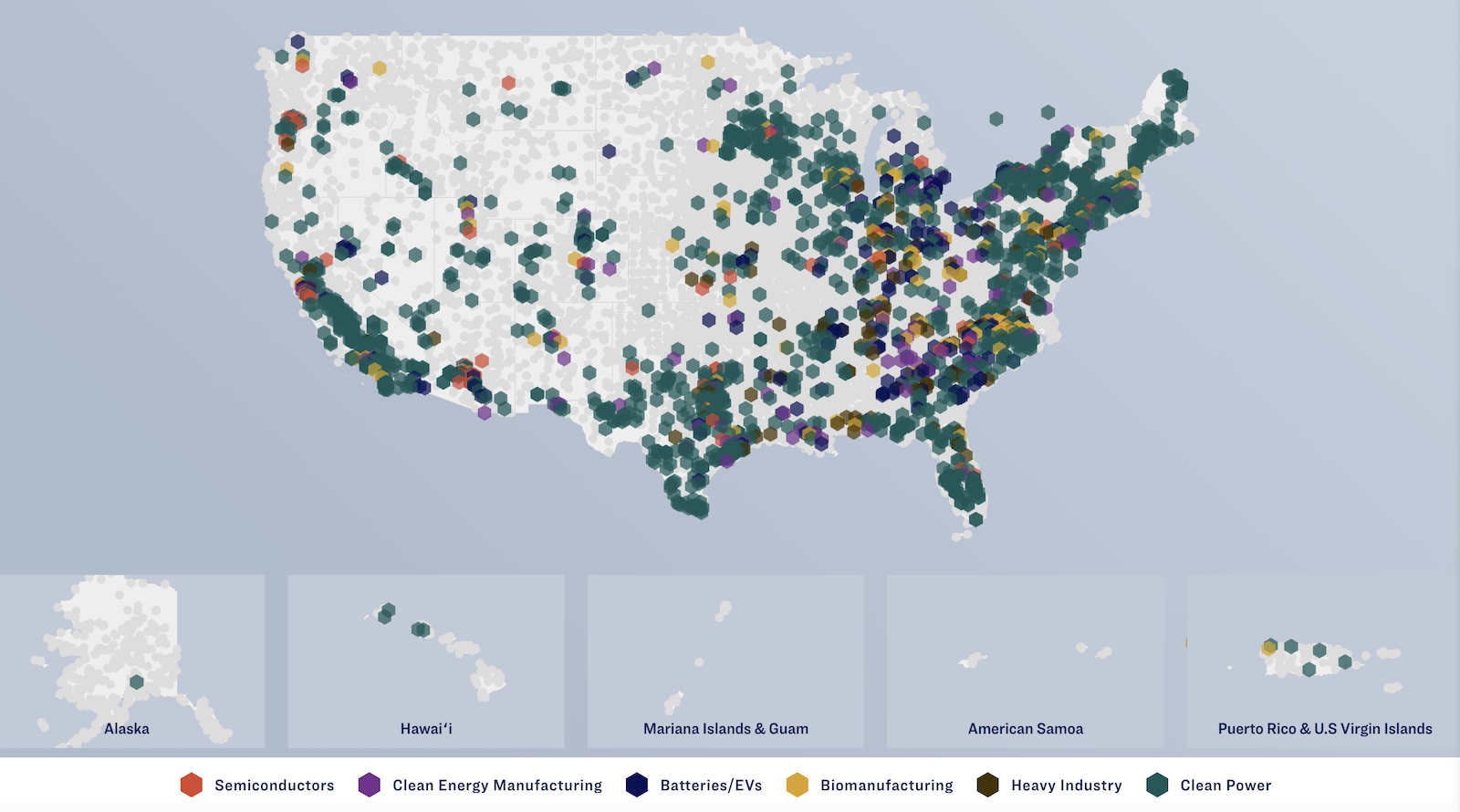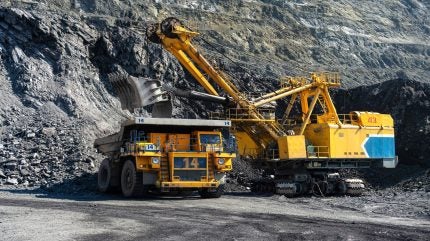Support CleanTechnica’s work through a Substack subscription or on Stripe.
On the surface, record vehicle deliveries, revenue of $28.1 billion, and net income of $1.8 billion probably sound good. This is a big and successful company, without a doubt. However, the financial trends at the company are bad, horrible even. Additionally, there some clear signs those are only going to accelerate. And keep in mind this is for a company with a market cap of $1.38 trillion, and a P/E ration of about 263.
Let’s quickly roll through some of the financial concerns:
- Tesla’s net income in Q3 2025 was 29% lower than in Q3 2024 — $1.8 billion vs. $2.2 billion.
- Tesla’s operating expenses were up 50% year over year, reaching $3.4 billion.
- Tesla’s operating margin dropped from 10.8% to 5.8% from Q3 2024 to Q3 2025.
- Tesla’s income from regulatory credits dropped 44% year over year, to just under $420 million.
- Tesla’s net income attributable to common stockholders (GAAP) was down 37% year over year.
- Tesla’s earnings per share (EPS) attributable to common stockholders, diluted (GAAP) dropped from 0.62 in Q3 2024 to 0.39 in Q3 2025.
And this was all in a quarter that was supposed to see an epic surge in consumer demand (and more or less did) as a result of the US tax credit for zero-emissions vehicles being killed by Republicans in the US House, Senate, and White House. This is a quarter that should have seen a huge surge in revenue and profit.
On that third bullet point above, expectations going forward are not good. “Tesla made $2.8bn in profit from trading programmes last year, with about three-quarters of that coming from the US, the Financial Times has reported. Those earnings are likely to dwindle,” the Financial Times writes. Donald Trump decided to make emissions standards for new cars sold in the US completely toothless. He effectively crushed any federal effort to get the auto industry to increase fuel efficiency, which is most effectively done by selling more EVs. So, auto companies that didn’t reach those standards no longer need to buy the regulatory credits (from Tesla) that are an alternative to meeting the requirements. Losing $2.1 billion of $2.8 billion in easy revenue on this is not going to help the company, no matter what the CEO previously said about this.
The company’s AI costs have been soaring, and perhaps that could be fine if Tesla had a mature, clear plan for ROI (return on investment). However, for about a decade, the Tesla mantra has been “We’re on the verge of robotaxis disrupting the auto industry,” and that disruption just keeps getting pushed off. What if it continues to be a tiny source of revenue for a few more quarters.
Now, who is to blame for the fuel economy standards getting wiped out, the loss of regulatory credits, the loss of the US EV tax credit, and the greater difficulty selling more of the company’s higher-cost, higher-margin cars?
Sign up for CleanTechnica’s Weekly Substack for Zach and Scott’s in-depth analyses and high level summaries, sign up for our daily newsletter, and follow us on Google News!
Have a tip for CleanTechnica? Want to advertise? Want to suggest a guest for our CleanTech Talk podcast? Contact us here.
Sign up for our daily newsletter for 15 new cleantech stories a day. Or sign up for our weekly one on top stories of the week if daily is too frequent.
CleanTechnica uses affiliate links. See our policy here.
CleanTechnica’s Comment Policy




